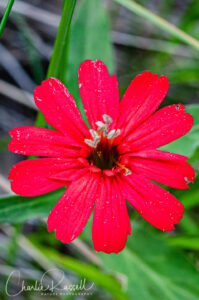
Clover Springs Preserve is a 250 acre property owned by the city of Cloverdale, in Sonoma County. It has an amazing wealth of wildflowers! There are several serpentine outcroppings, so there are a number of wildflowers you might not see in other spots. The Preserve has a nice mix of hillside meadow, chaparral, and oak woodland, along with a small creek. I’ve been wanting to visit here for several years now, and in June 2020 I finally got a chance.
I’ve found multiple names for this preserve, which can cause some confusion. In some places you will find references to Porterfield Creek Preserve (full name Porterfield Creek Trails Open Space Preserve). In other places it is called Clover Springs Preserve. I suspect that the Porterfield name is the original name for the full preserve (which includes Porterfield Creek) while Clover Springs may refer to a 25 acre extension near the entrance, but it is not clear. The names seem to be interchangeable.
The Flowers
Here’s a sample of a few of my favorites from this hike (click on the image to see a larger view).
The star of the show on this visit was the Coast range mariposa lily, found only in California. I love Calochortus!
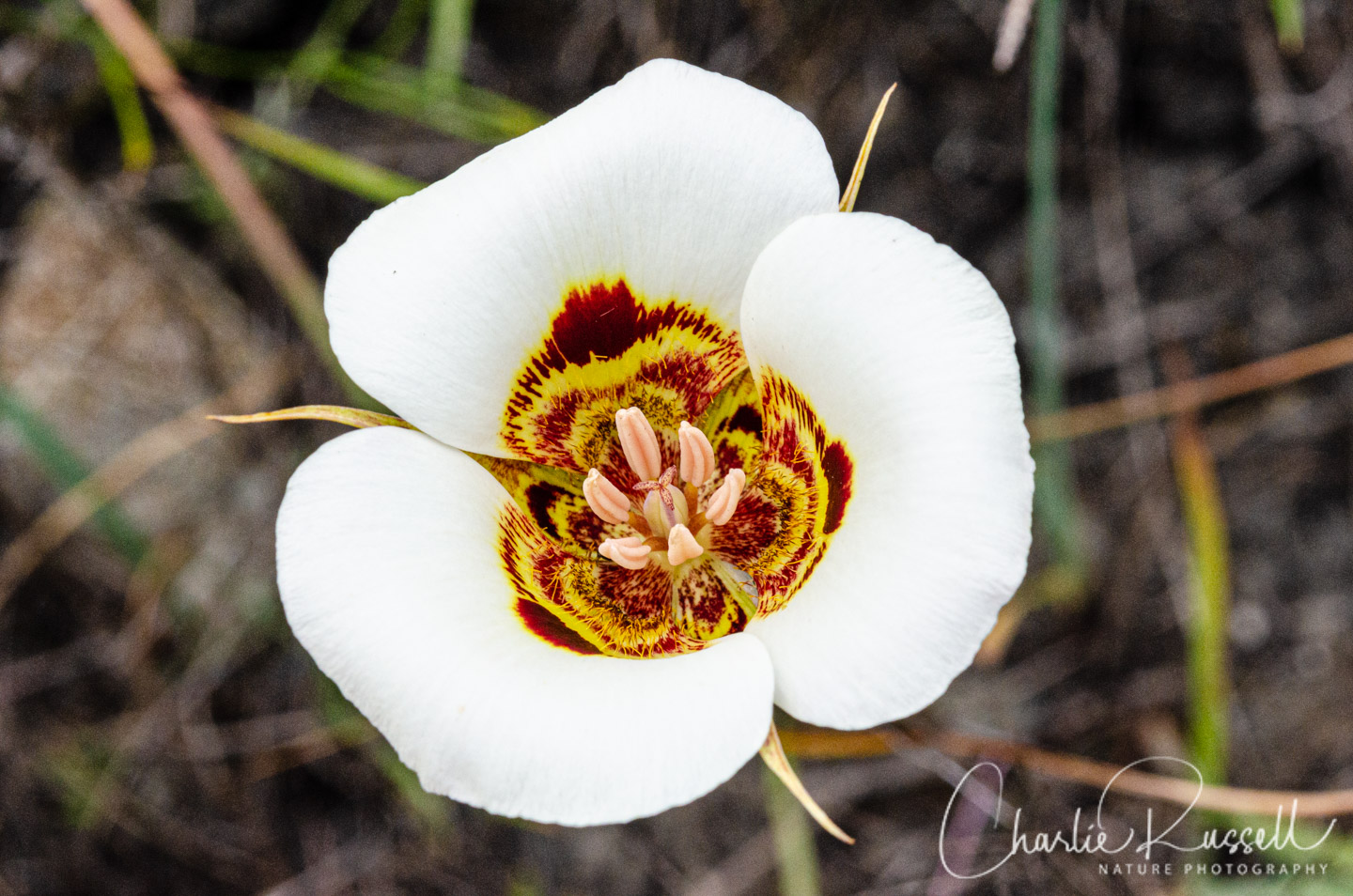
Very close to these we found a mass of beautiful Sonoma clarkia, one of two Clarkia species we found on this visit.

Near the end of the hike we found a single Leopard lily in bloom. It was the tallest I’ve ever seen! It towered over my head, and I had to reach up to get a photo. I heard that several more started blooming over the next several weeks.
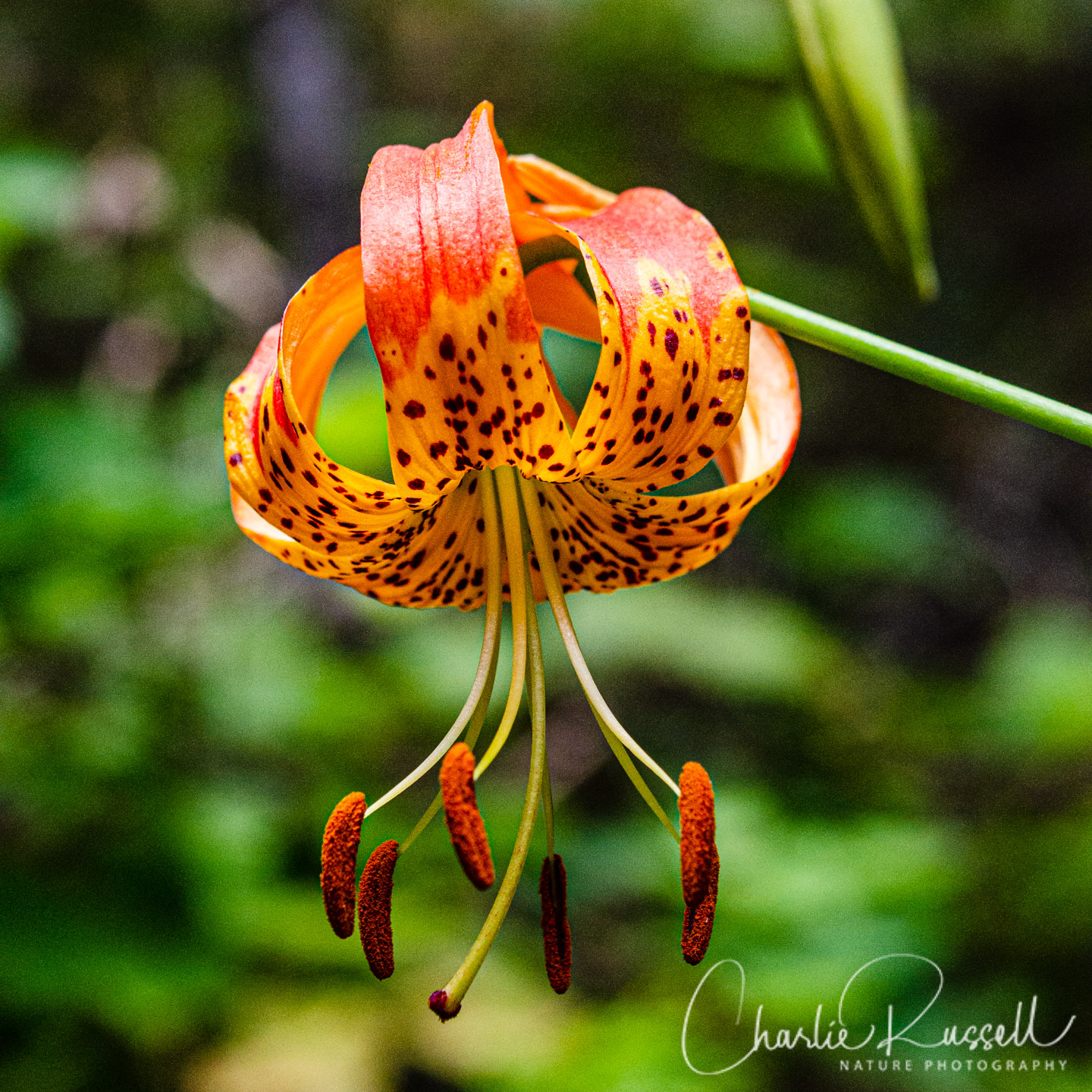
We found Diogenes’ lantern in several spots, but they were surprisingly small. Only about the size of my thumb, smaller than I’m used to.
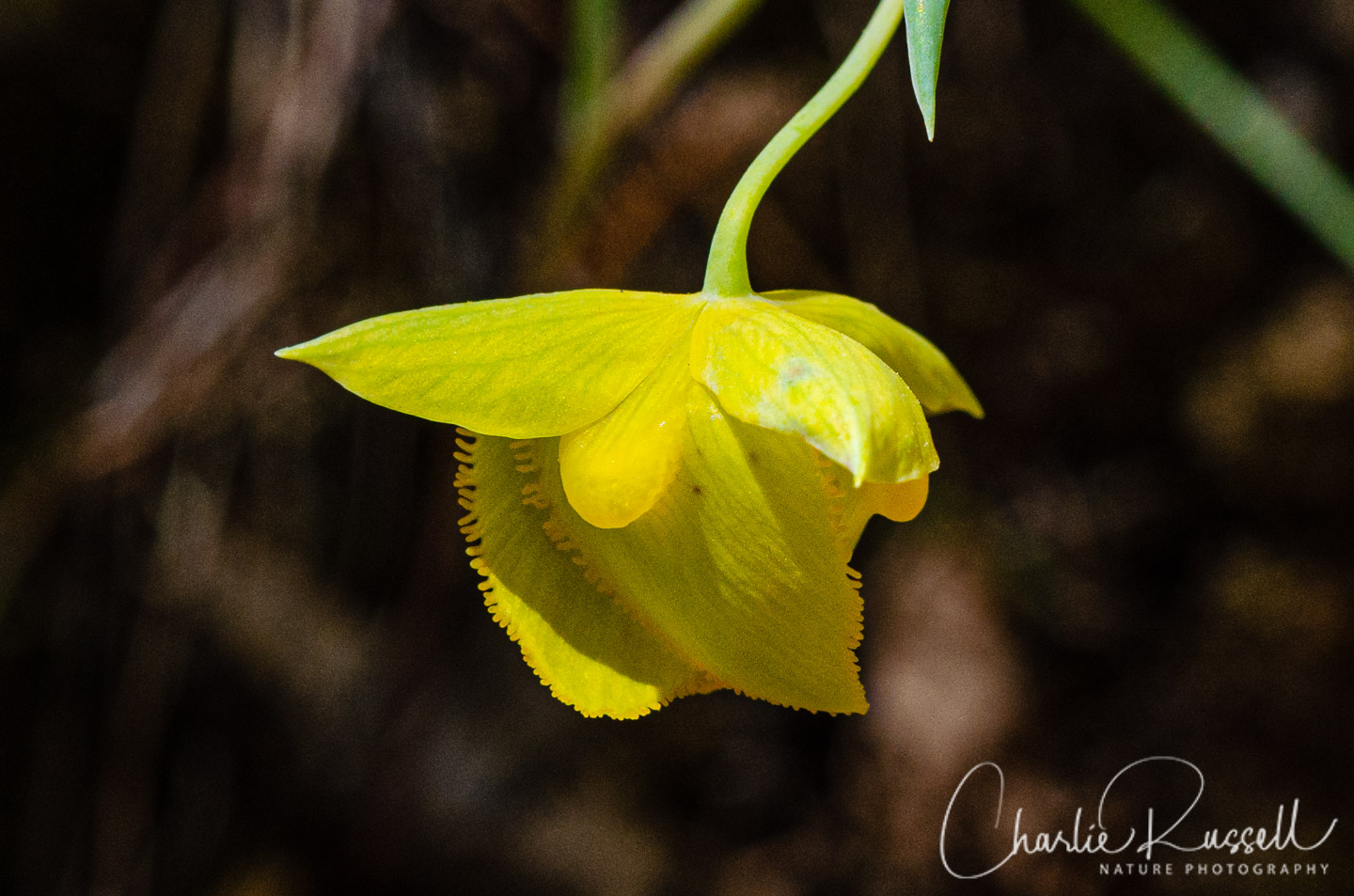
False babystars popped up in a couple of places. There were two colors, white and pink. There also was a white Bolander’s linanthus, which is closely related and hard to distinguish from this.
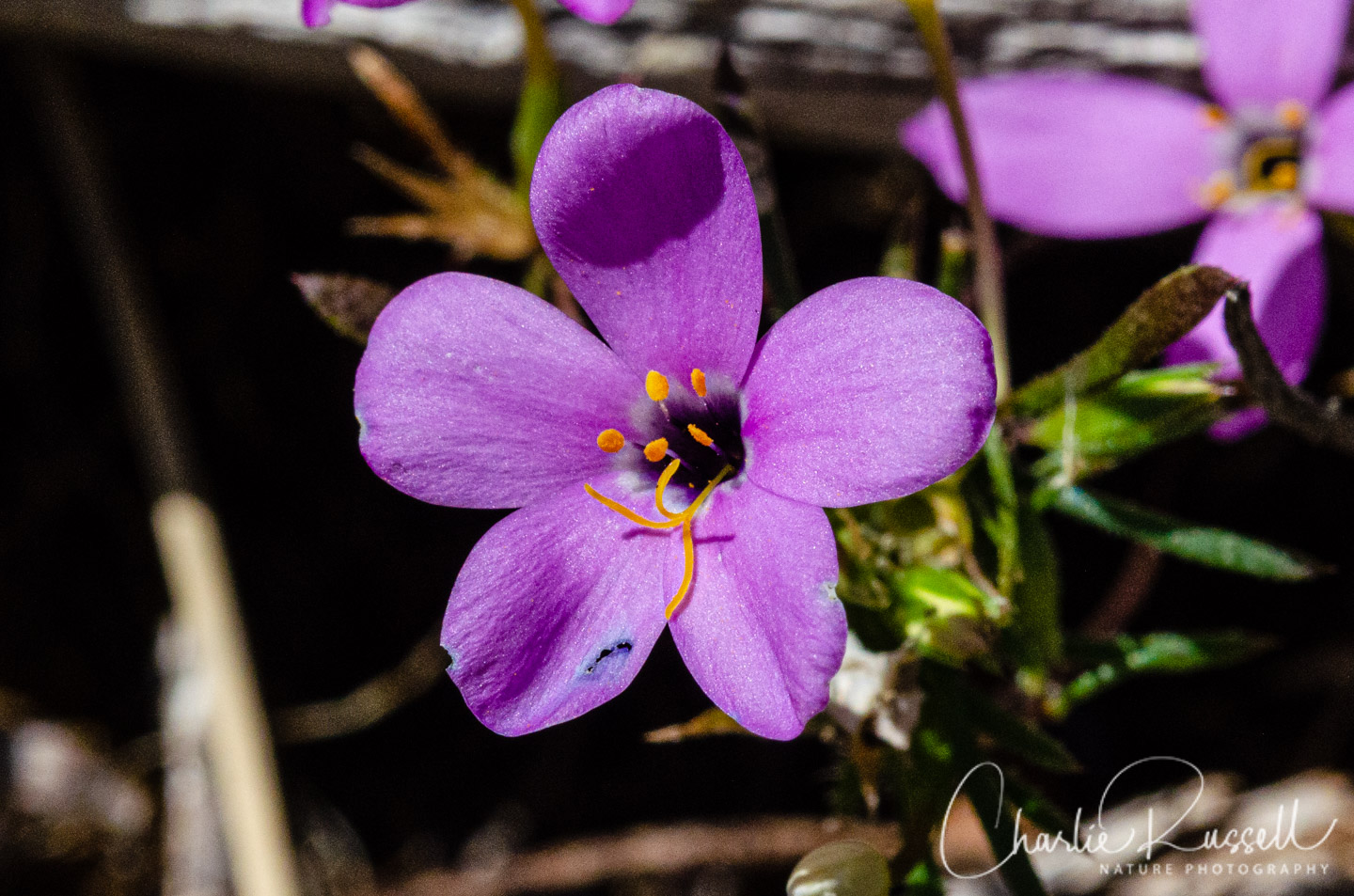
If you click on lightbox image below you will be able to scroll through all of the plants (and other things) that we found on this hike. All photos are available for purchase in a variety of formats.
The Hike
There are a number of loops that you can take through the Preserve. We spent most of our time on the inner loops, in the Lower Traverse Trail, Meadow Trail, and Three Bridges Trail. I’m not posting my usual interactive track because (1) we wandered quite a bit, so the track is hard to follow, and (2) I don’t want to post too many details about where some of the rarer flowers were found.
Here’s an excellent map of the Preserve: Porterfield Creek Preserve Map.
Copies of this map are available at the trailhead, and those copies have a QR code that you can scan to download to your phone.
The entrance to Clover Springs Preserve is at the end of Skyview Drive in Cloverdale, California (Sonoma County). There are parking spaces at the end of the road, you don’t have to park in front of someone’s house. There are no restroom facilities at the site.
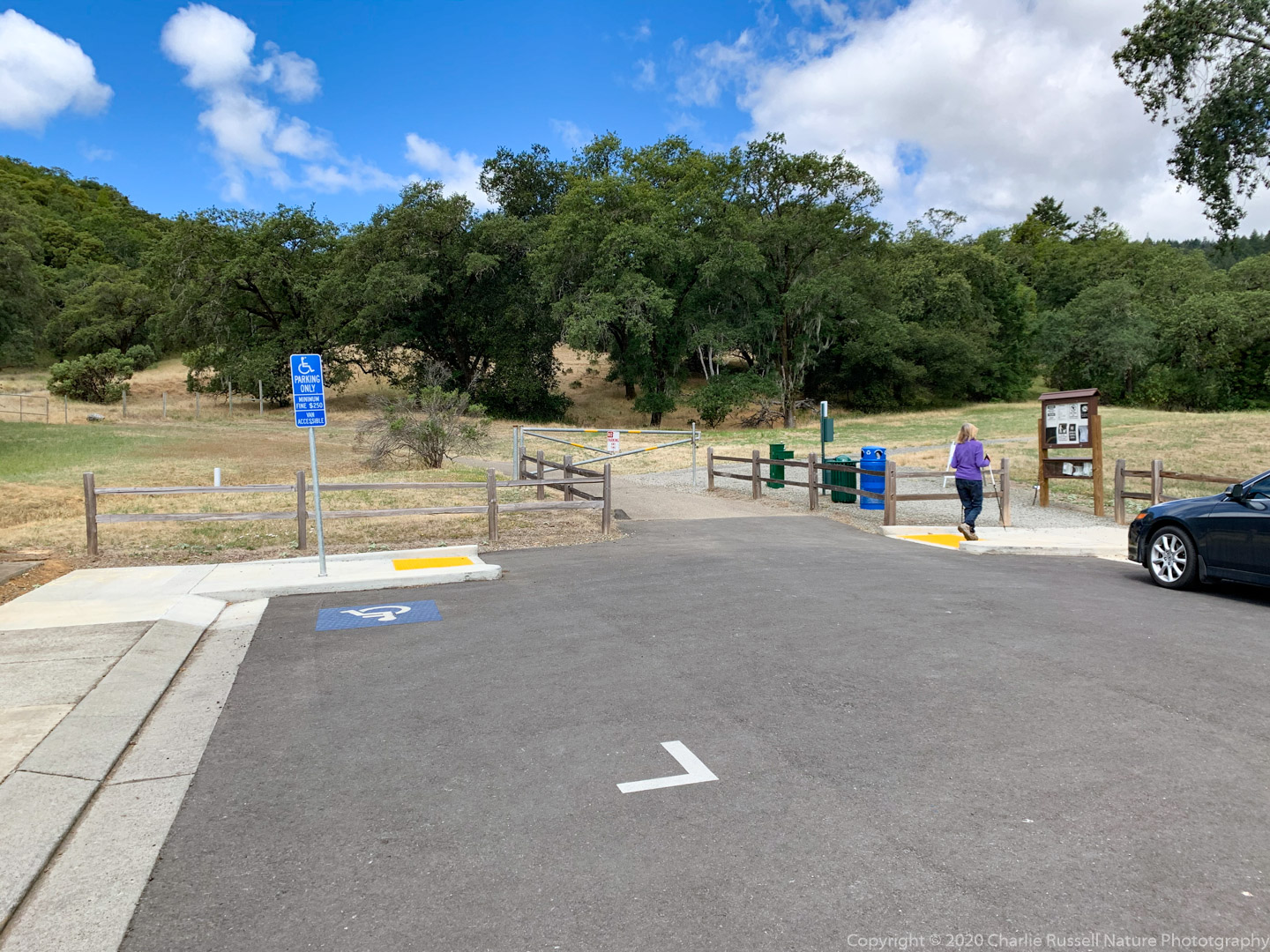
We started off going left on Tanks Road, which is paved. This becomes Craig Clark Trail as it starts to get steeper. After about a half mile we turned right onto the NW Link trail – there wasn’t a sign, but you’ll see a narrow dirt trail that heads off into the bush. Portions of this are nicely shaded.
Eventually you come out into an open grassy area that is called the “meadow”. Lots of interesting wildflowers here! At this junction we wandered along the Meadow Trail for a short distance (serpentine outcroppings here), but then we decided to continue further uphill on the Lower Traverse Trail. Keep an eye out for poison oak, which is abundant in some sections of the trails (but easy to avoid).
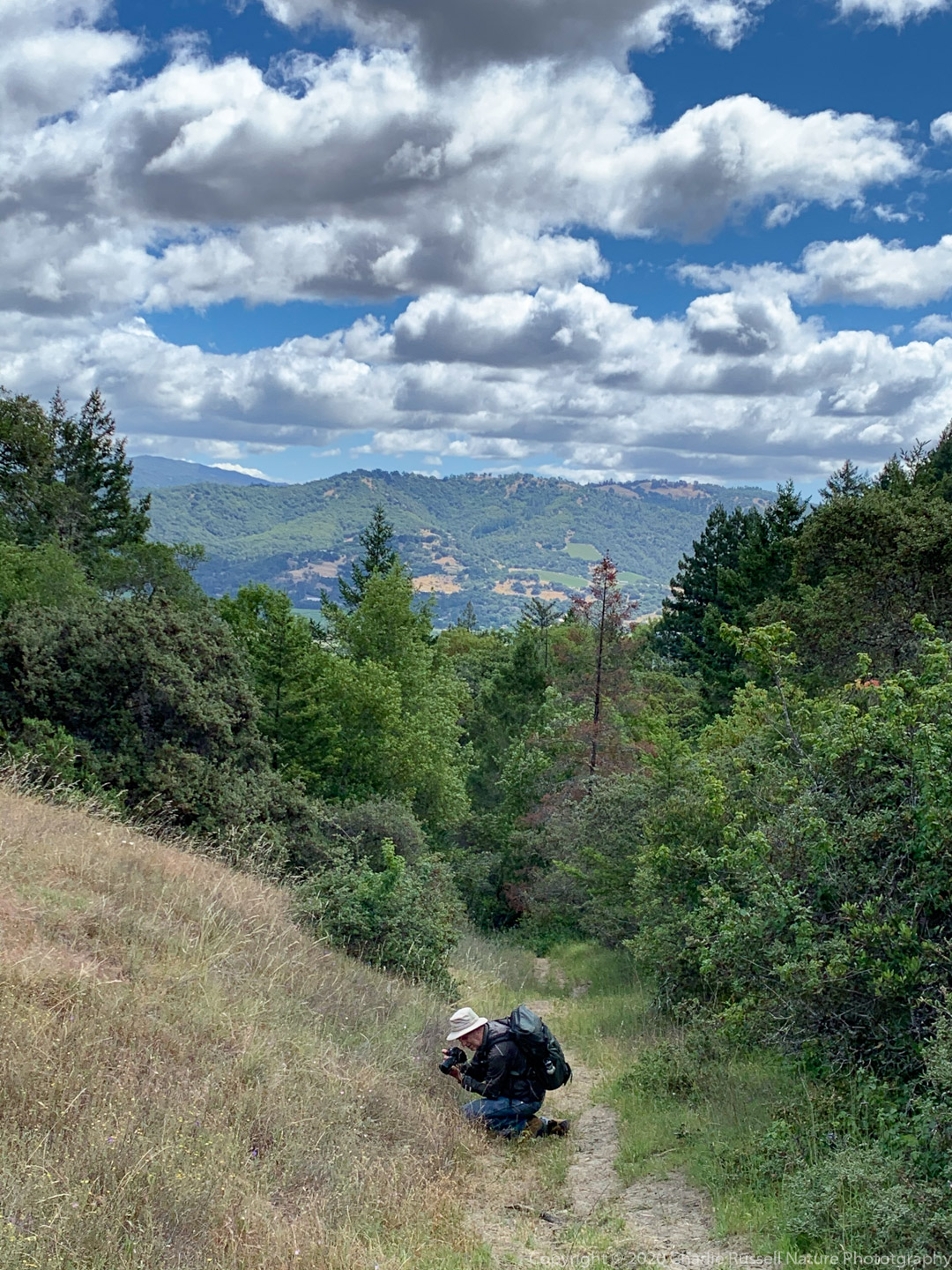
This trail eventually starts downhill towards Porterville Creek, where the trail is a bit steep and is very shady. The creek had very little water so it was easy to cross. From here we turned on to the Three Bridges Trail and on to the Tanks a Lot Trail, which takes you back to the trail head. Note that when this last part brings you back to the creek, look in the creek bed for Leopard Lilies (if your timing is right).
On the outer trails we met multiple folks out for a hike or walking their dog. On the inner trails (Lower Traverse, etc.) we were pretty much on our own.
Timing is Everything
This visit was in early June 2020. The weather was a bit windy, but temperatures were mild (low 70’s). There is a lot of shade here so it can be nice even with a warm day. I was pleasantly surprised to find this many native wildflowers this time of year.
The wildflower season here stretches from March through July in most years, with an ever-changing array of wildflowers.
Clover Springs Preserve Wildflowers
Here’s a listing of the native plants that we found on this visit. I don’t have pictures of all of these in the gallery, as many that I took are low resolution pictures using my phone camera (I use those for iNaturalist observations).
The ones listed in color are endemic to California (that is, found only in California). “nif” means “not in flower”. The scientific name will be a link to a reference source such as Calflora.
- Bird’s eye gilia, Gilia tricolor
- Bolander’s linanthus, Leptosiphon bolanderi
- Broadleaf stonecrop, Sedum spathulifolium
- California bay, Umbellularia californica (nif)
- California buckeye, Aesculus californica
- California live oak, Quercus agrifolia
- California maidenhair fern, Adiantum jordanii
- California milkwort, Rhinotropis californica (Polygala californica)
- California pink, Silene laciniata ssp. californica
- California poppy, Eschscholzia californica
- California wood fern, Dryopteris arguta
- Chamise, Adenostoma fasciculatum
- Coast range mariposa lily, Calochortus vestae
- Coyote brush, Baccharis pilularis
- Dendroalsia Moss, Dendroalsia abietina
- Diogenes’ lantern (aka Golden fairy lantern), Calochortus amabilis
- Douglas fir, Pseudotsuga menziesii (nif)
- Douglas’ stitchwort, Minuartia douglasii
- Doveweed, Croton setiger
- Downy pincushionplant, Navarretia pubescens
- False babystars, Leptosiphon androsaceus
- False lily of the valley, Maianthemum spp. (nif)
- Fringed checkerbloom, Sidalcea diploscypha
- Goldwire, Hypericum concinnum
- Hayfield tarweed, Hemizonia congesta ssp. lutescens
- Interior live oak, Quercus wislizeni
- Ithuriel’s spear, Triteleia laxa
- Leopard lily, Lilium pardalinum ssp. pardalinum
- Long rayed brodiaea, Triteleia peduncularis
- Manzanita, Arctostaphylos sp. (nif)
- Muehlenberg’s centaury, Zeltnera muehlenbergii
- Pacific madrone, Arbutus menziesii (nif)
- Pink honeysuckle, Lonicera hispidula
- Poison oak, Toxicodendron diversilobum (nif)
- Rough hedgenettle, Stachys rigida
- Sedge, Carex spp.
- Short podded lotus, Acmispon brachycarpus
- Small baby blue eyes, Nemophila heterophylla
- Sonoma clarkia, Clarkia gracilis ssp. sonomensis
- Spicebush (aka Western sweet shrub), Calycanthus occidentalis
- Sticky monkeyflower (aka bush monkeyflower), Diplacus aurantiacus
- Toyon, Heteromeles arbutifolia (nif)
- Valley oak, Quercus lobata
- Wavyleaf soap plant, Chlorogalum pomeridianum
- Western blue eyed grass, Sisyrinchium bellum
- Western brackenfern, Pteridium aquilinum
- Western buttercup, Ranunculus occidentalis
- White hawkweed, Hieracium albiflorum
- Winecup clarkia, Clarkia purpurea
- Yerba buena, Clinopodium douglasii
As is common in wildflower sites in Sonoma that are near to “civilization”, there are a number of non-native flowers here. The following are non-native plants that we found on the hike:
- Bird’s-foot Trefoil, Lotus corniculatus
- Bristly Dogtail Grass, Cynosurus echinatus
- Bur Clover, Medicago polymorpha
- Common Stork’s Bill, Erodium cicutarium
- Cornflower, Centaurea cyanus (both blue and white)
- European umbrella milkwort, Tolpis barbata
- Field Bindweed, Convolvulus arvensis
- Greater Quaking Grass, Briza maxima
- Harding grass, Phalaris aquatica
- Himalayan blackberry, Rubus armeniacus
- Longbeak stork’s bill, Erodium botrys
- Spreading hedgeparsley (aka Sock destroyer), Torilis arvensis
- Winter vetch, Vicia villosa
Other interesting finds on this hike:
- Beard Lichen, Usnea spp.
- Furrow Bee, Halictus spp.
- Lace Lichen, Ramalina menziesii
- Metallic Sweat Bee, Lasioglossum spp. (subgenus Dialictus)
- Planthopper, Scolops spp.
- Shield lichen, Subfamily Parmelioideae
- Sidewalk Mite, Balaustium spp.
- Small Heliothodes Moth, Heliothodes diminutiva
- Spotted Cucumber Beetle, Diabrotica undecimpunctata
- Western Fence Lizard, Sceloporus occidentalis


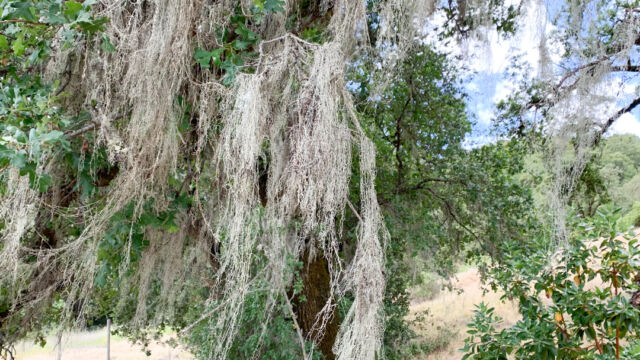
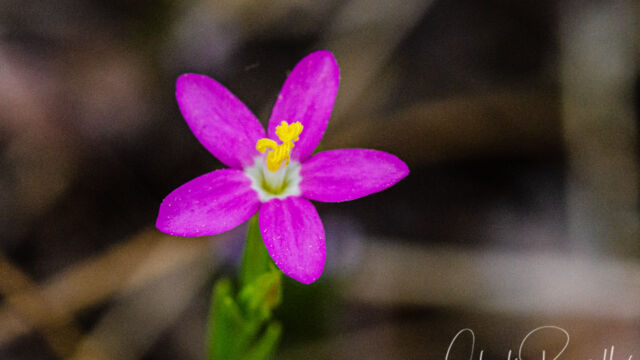
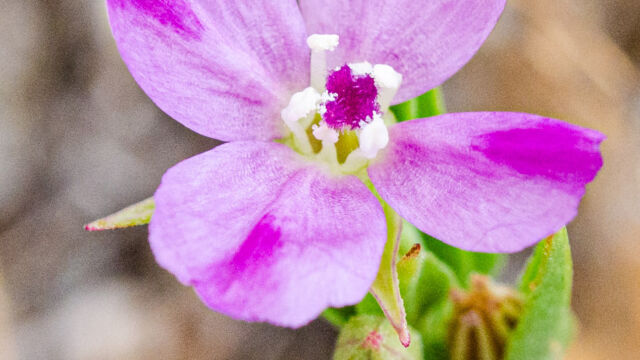
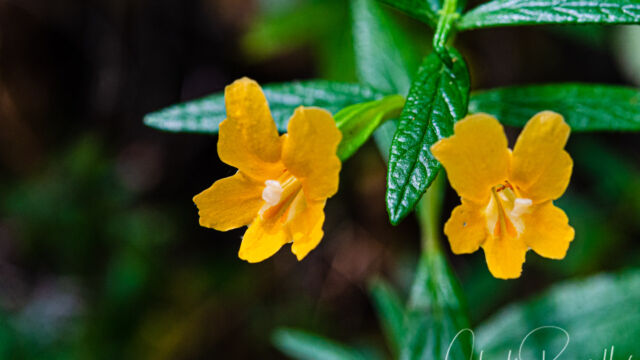
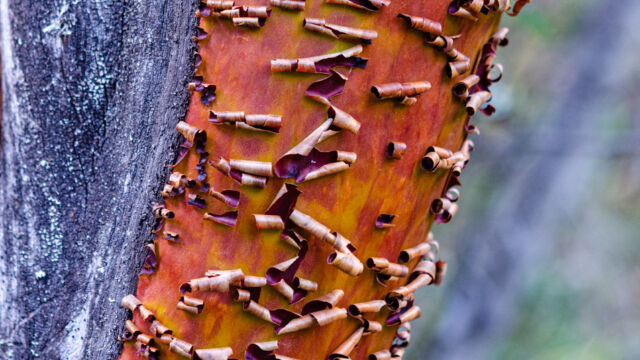
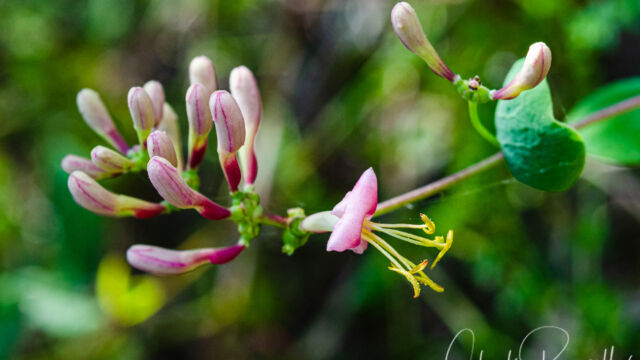
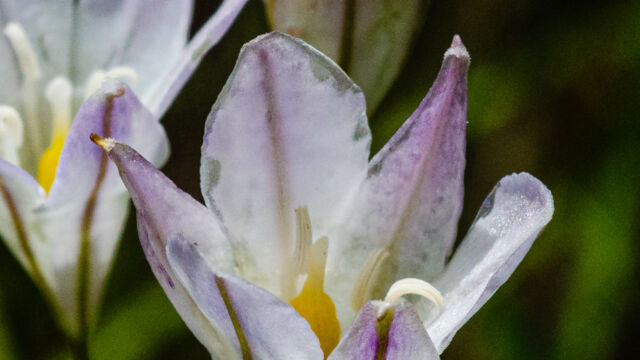
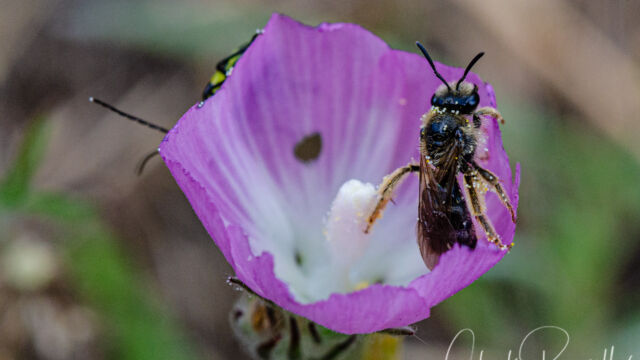

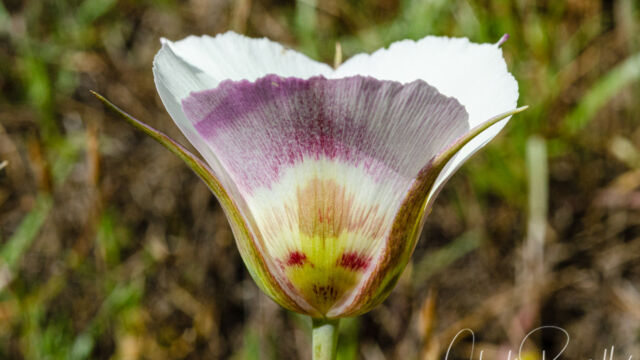
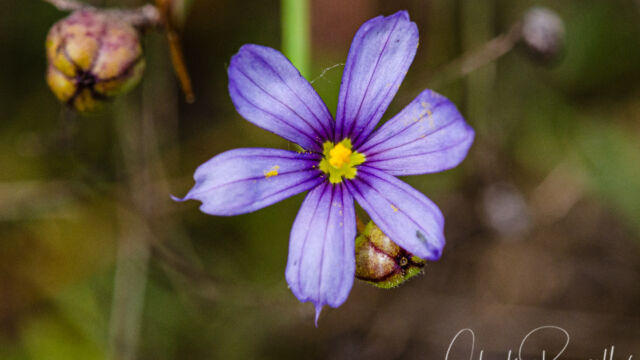
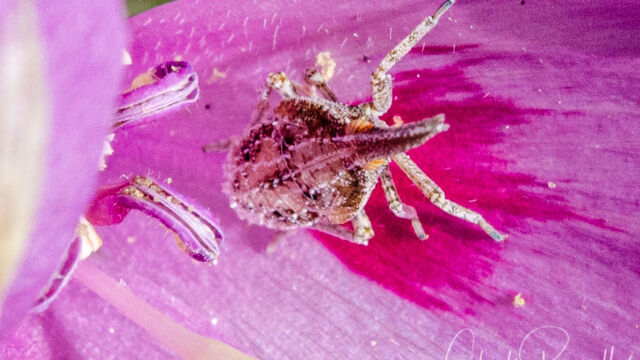
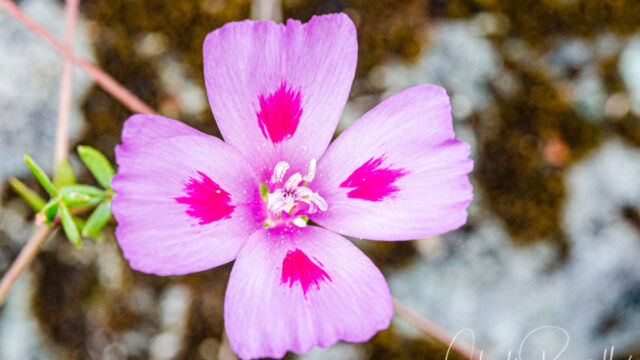
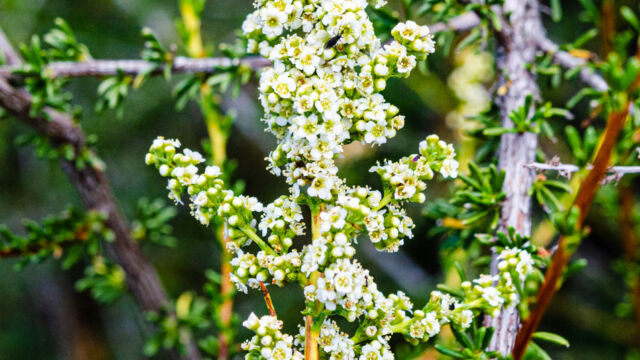
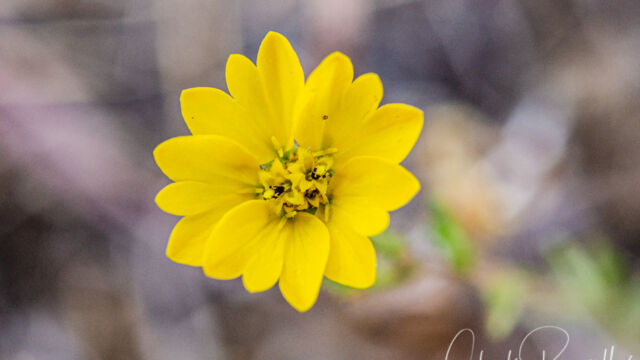
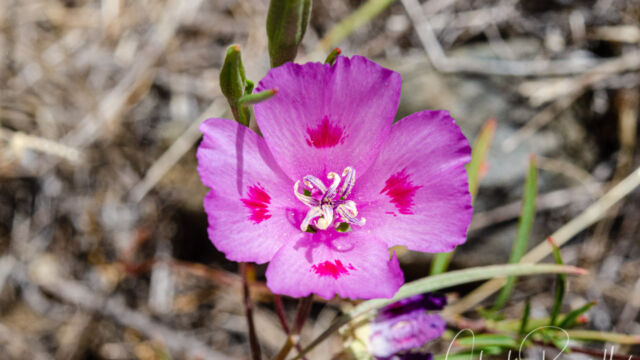


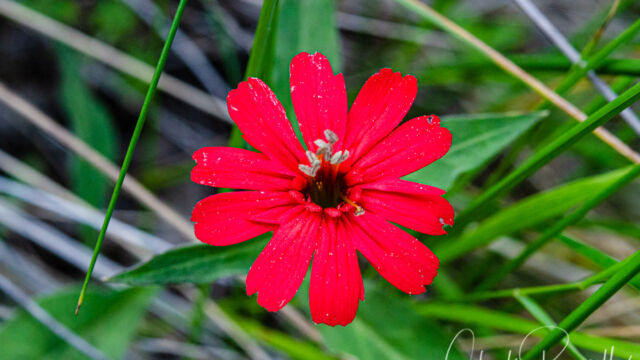
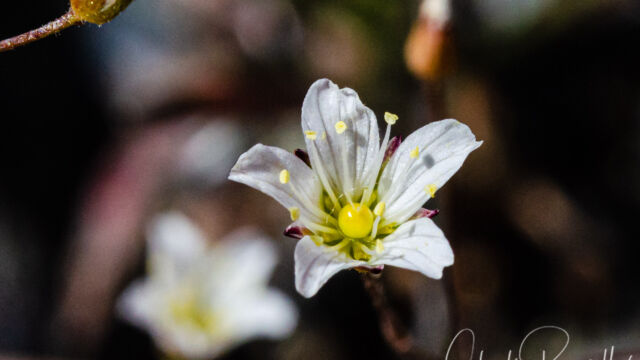

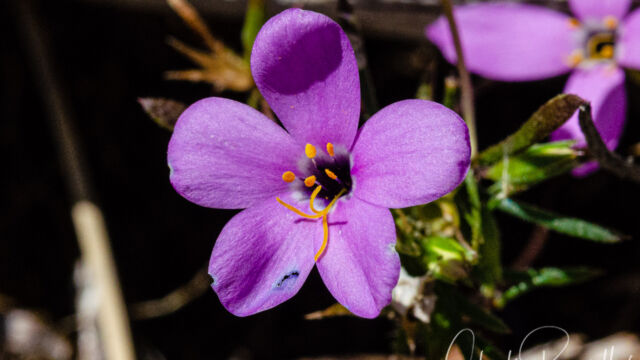
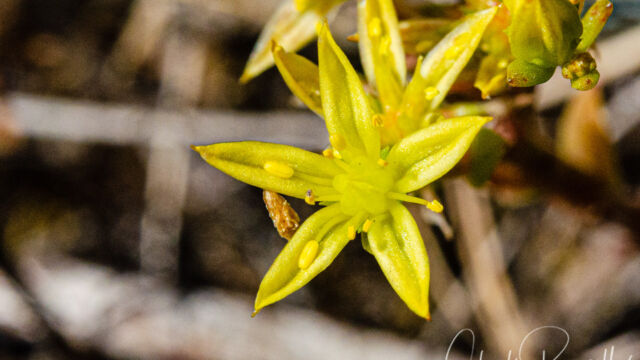

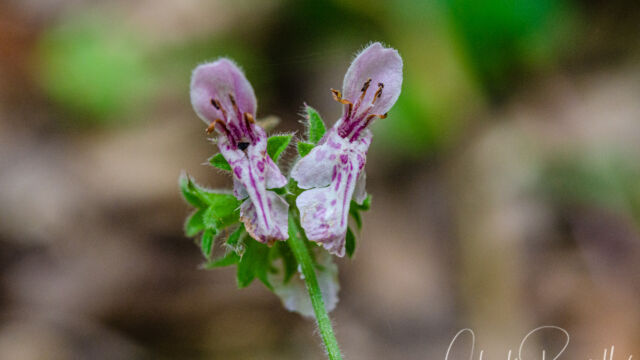

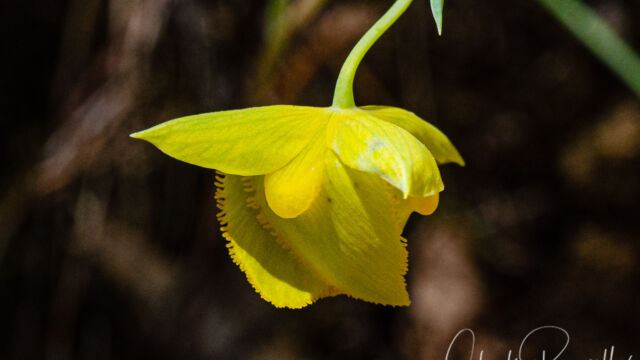
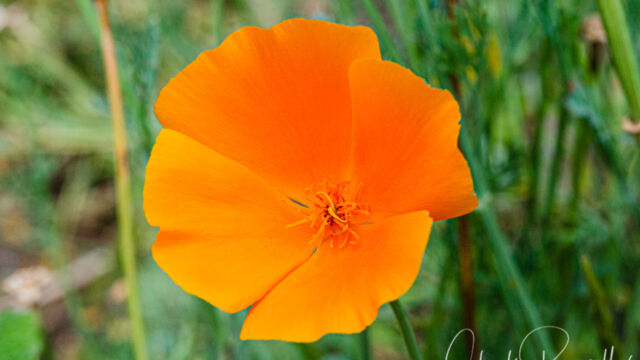

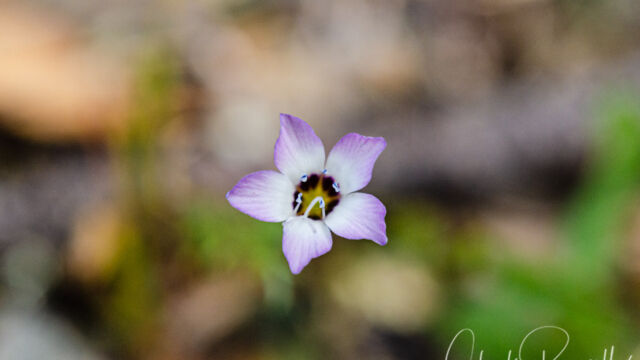
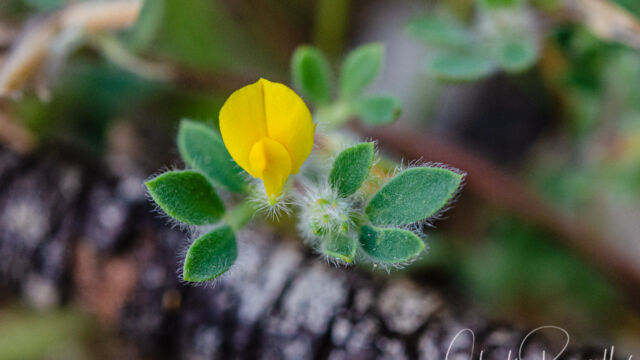
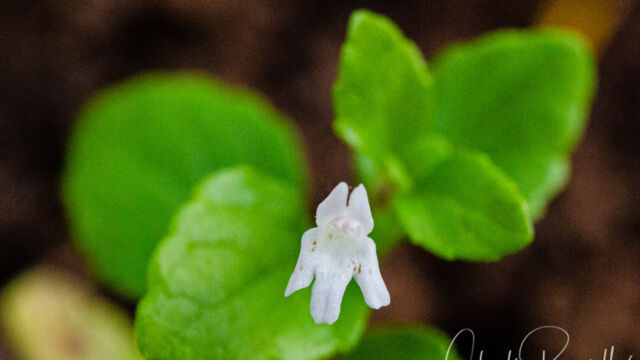

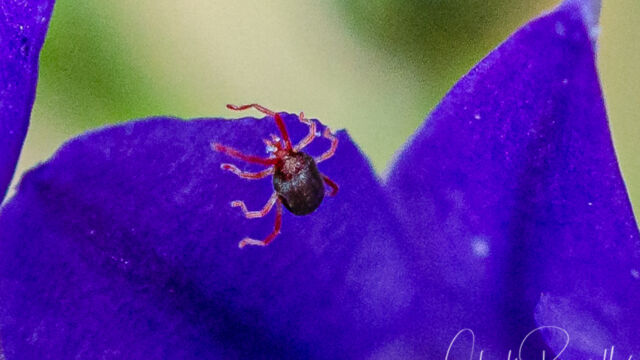
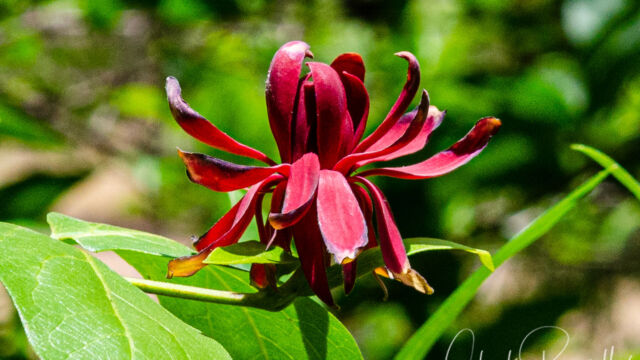
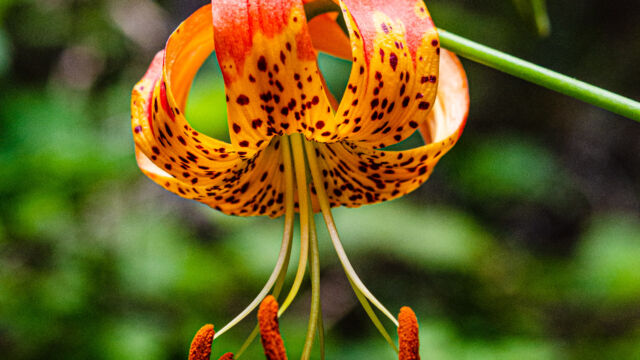
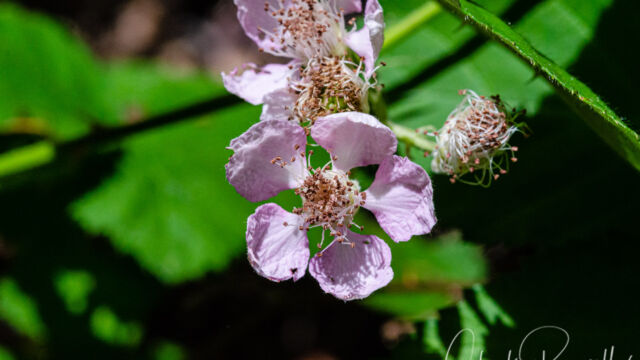
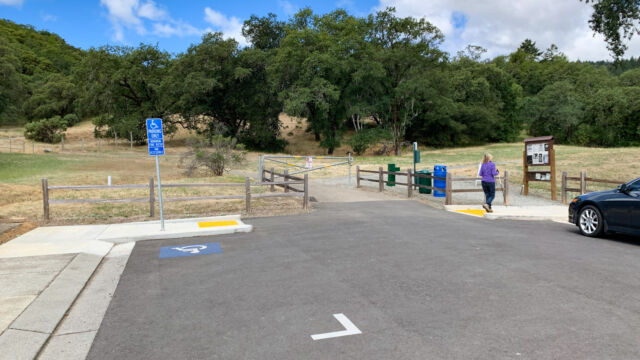
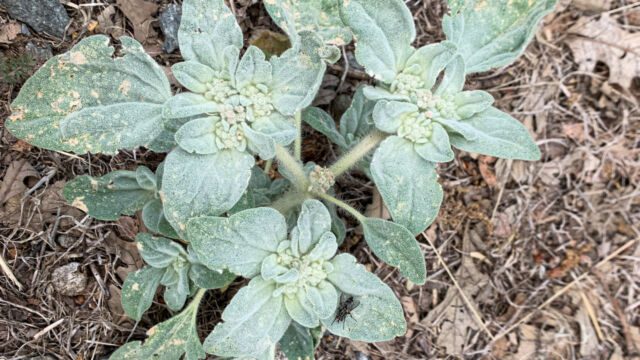
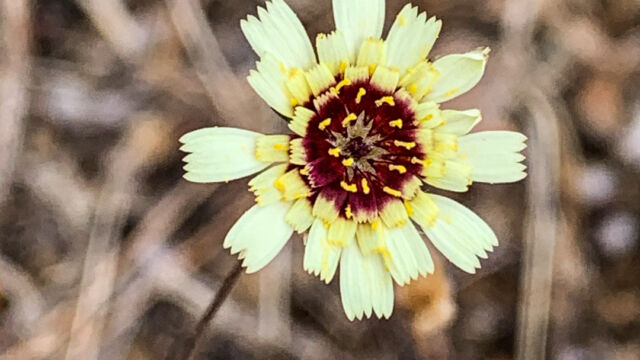
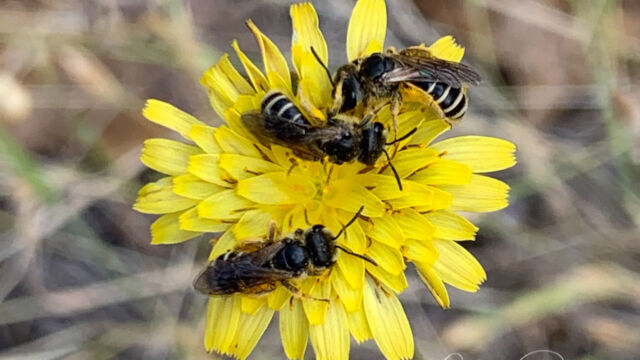

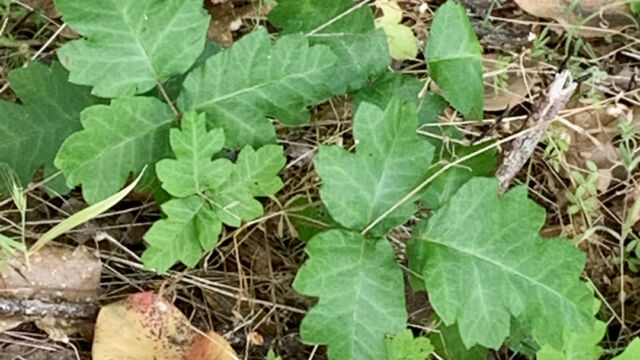
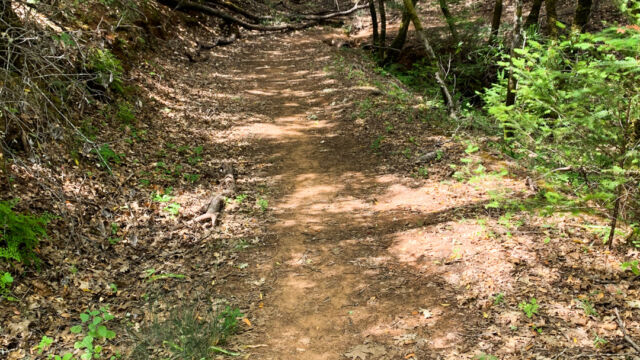
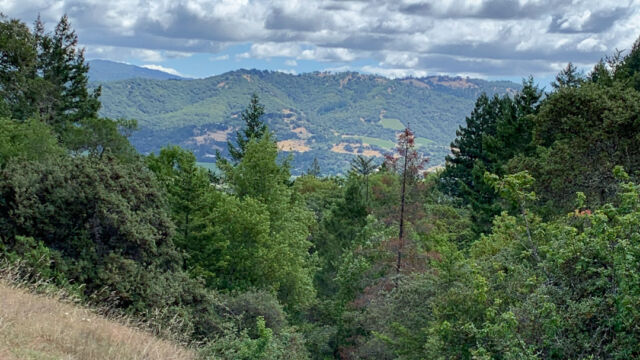
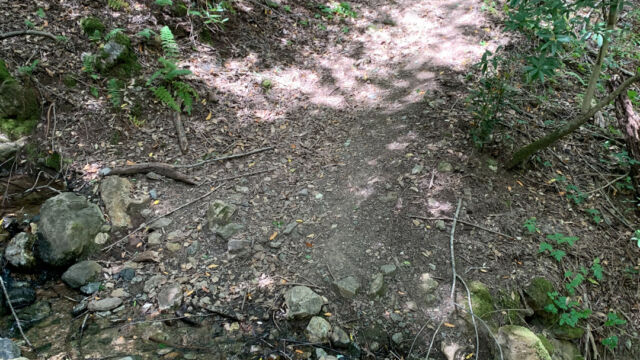
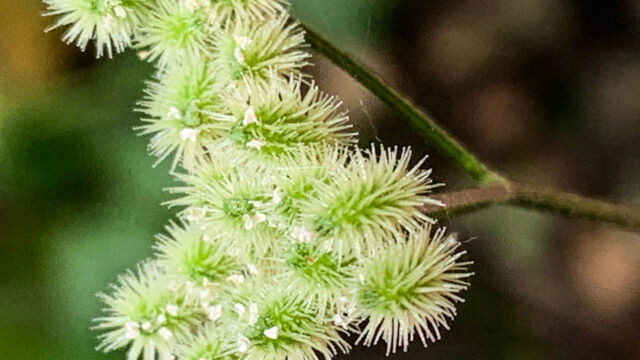
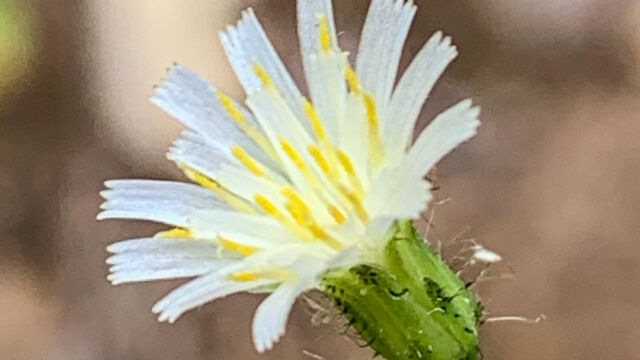
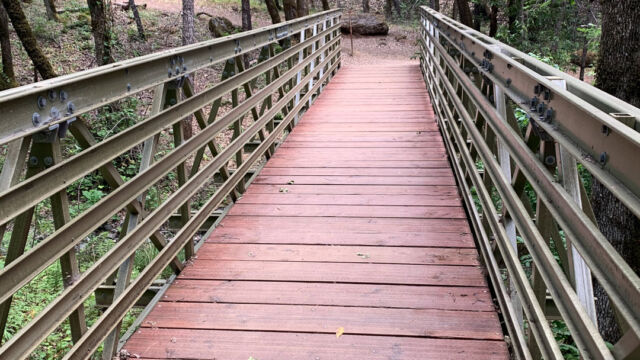
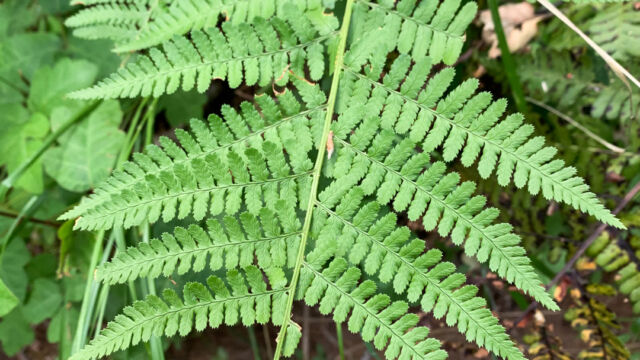
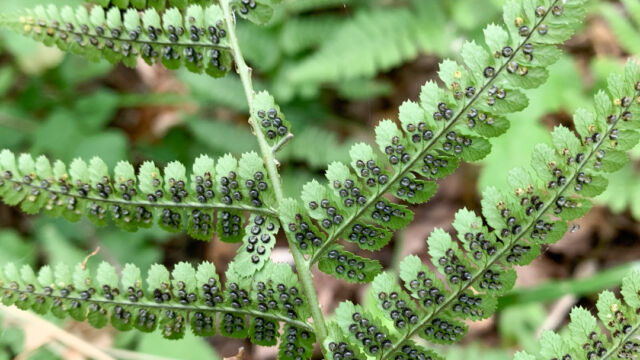
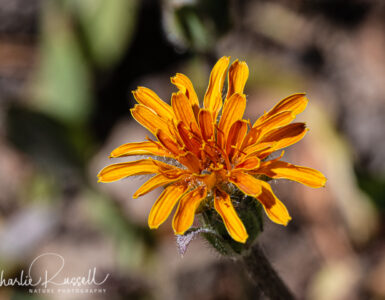
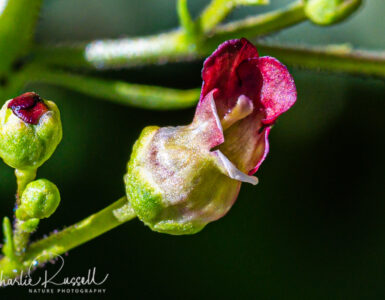
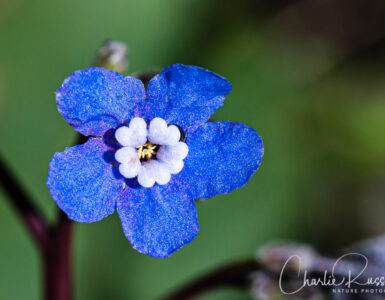
I just went hiking today and i love it, there is so much to explore, it’s a good workout and the beautiful nature makes for great pictures, I would definitely take my family/friends/pets/boyfriend/girlfriend to a walk if I where you, I hope more private property gets purchased, I would love to see the park expand even more, nature is California’s most sacred treasure, protect it.